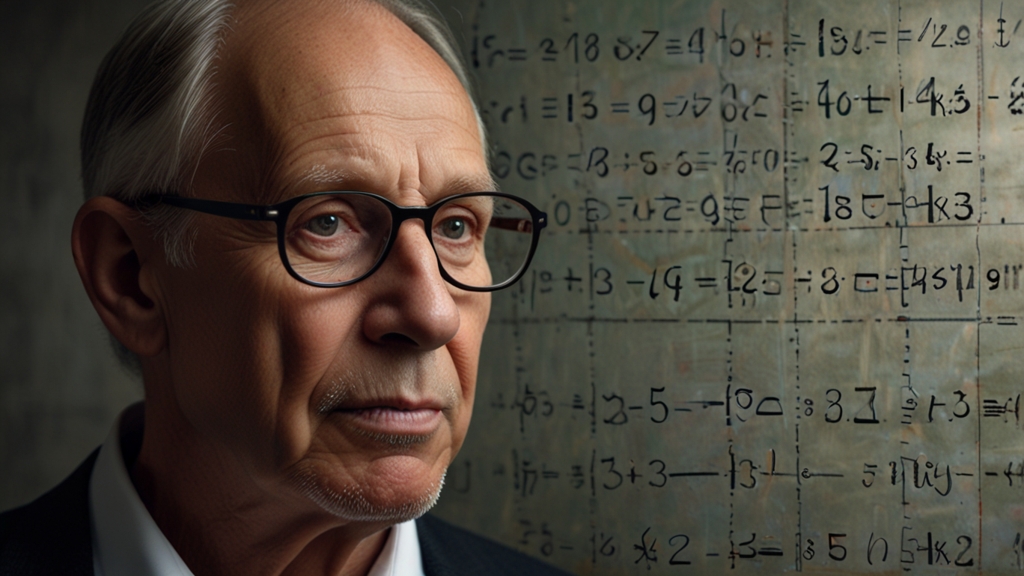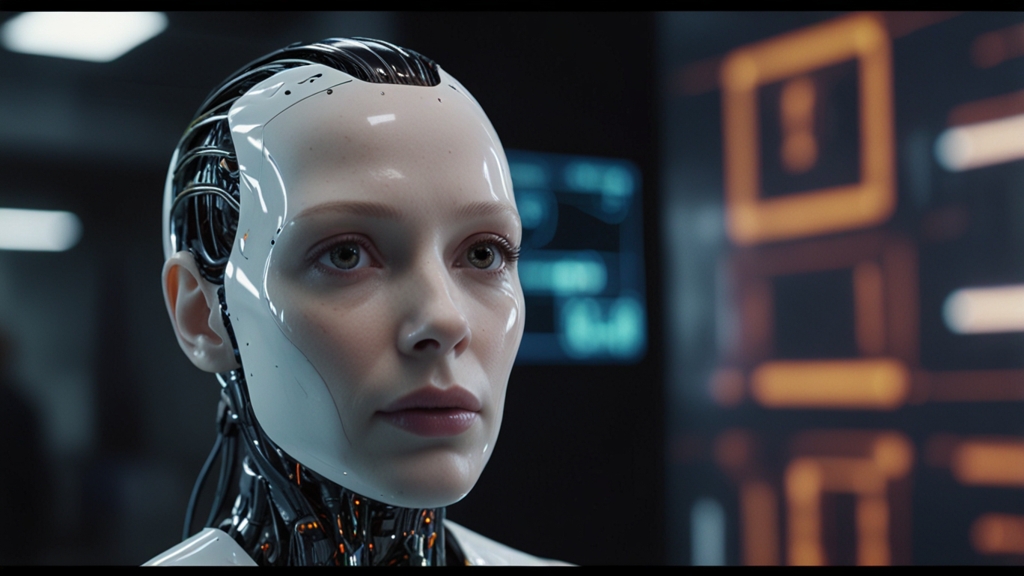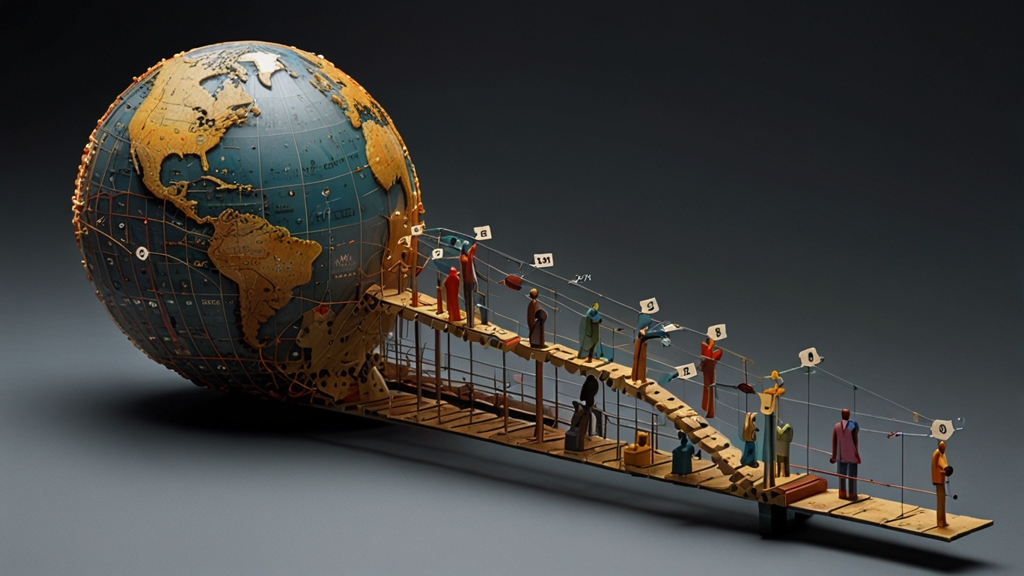Exploring the Multiverse: A Physics-Defying Concept
The idea of the multiverse suggests that our universe might not be the only one. Instead, there could be multiple, perhaps an infinite number of universes that exist parallel to one another. This concept not only stretches the imagination but also challenges fundamental principles of physics and cosmology. Let's delve deeper into this fascinating topic and unravel how it pushes the boundaries of our understanding.
The Genesis of the Multiverse Theory
The multiverse theory didn't just pop out of nowhere; it has roots in various scientific theories and discoveries. One of the earliest suggestions came from the field of cosmology, particularly the theory of cosmic inflation. According to this theory, right after the Big Bang, the universe underwent an exponential expansion. This rapid inflation could cause "pocket universes" to form, each with its own distinct laws of physics and constants.
“Our universe could be just one bubble floating in an ocean of other bubble universes, each formed by the same process of inflation.” - Alan Guth, Physicist and cosmologist
Quantum Mechanics and the Multiverse
Quantum mechanics adds another layer to the multiverse concept. In the Many-Worlds Interpretation proposed by Hugh Everett in 1957, every quantum event branches into a different universe. For every decision or random atomic event, there exists a universe where each outcome is realized. This interpretation removes the randomness of quantum mechanics by suggesting that all possible outcomes actually happen, each in its own parallel universe.
“The idea behind many worlds is mind-boggling, but if quantum mechanics is to be taken seriously, it seems necessary to consider it.” - Bryce DeWitt, Theoretical physicist
String Theory and Extra Dimensions
String theory, another cornerstone of modern theoretical physics, adds further credence to the multiverse theory. It posits that the universe is made up of tiny, vibrating strings rather than point-like particles. In some versions of string theory, our universe is a three-dimensional "brane" floating in a higher-dimensional space. Other branes could be other universes, offering a physical model for the multiverse.
According to these theories, these universes could interact in subtle ways, through gravity or other forces, potentially providing observable evidence of their existence.
Implications and Controversies
The multiverse concept, however, is not without its critics. Some argue that it's too speculative and that it borders on the philosophical rather than the scientific. The primary criticism is that if other universes do exist, they may be forever inaccessible to us, making the theory impossible to test and verify.
Despite these criticisms, the idea of a multiverse offers fascinating implications. It challenges our notions of reality and prompts questions about our place in the cosmos. It also provides potential explanations for unresolved questions in physics, such as the fine-tuning of the constants in our universe.
“The multiverse is a great idea considered by theoretical physicists, but without empirical evidence, it remains in the realm of speculation.” - Paul Steinhardt, Theoretical physicist
Conclusion
The concept of the multiverse is a thrilling, albeit controversial, field of study that pushes the frontiers of science and imagination. From cosmic inflation to quantum mechanics and string theory, it encapsulates a range of theories and ideas, each contributing pieces to this grand puzzle. While the debate continues and more research is required, exploring the multiverse represents a bold quest to understand the fundamental nature of reality itself.










